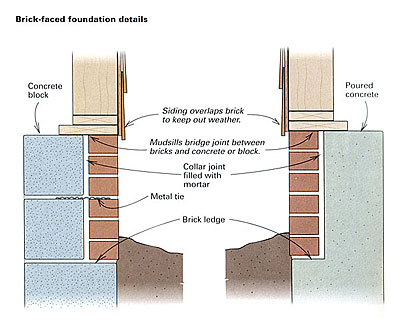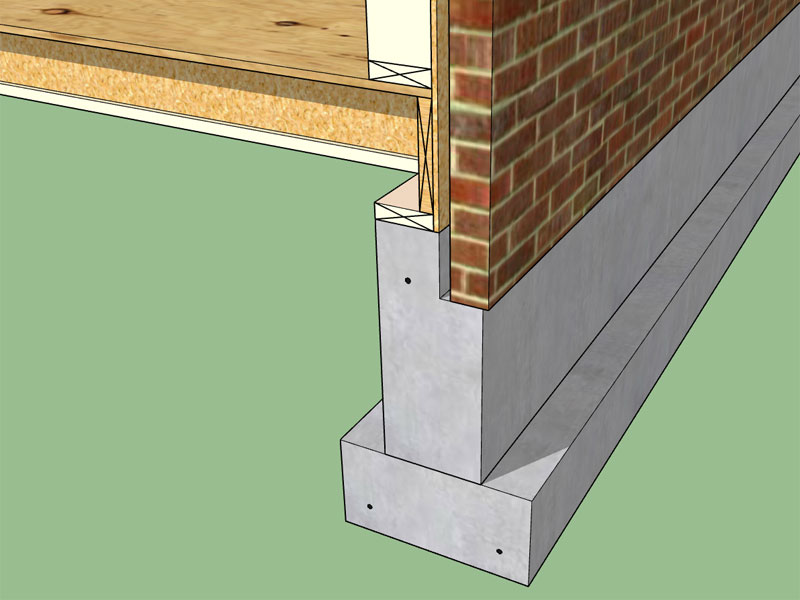
According to the IRC, interior bearing wall sole plates that are not part of a braced wall panel shall be positively anchored with approved fasteners (IRC R403.1.6). The frame wall bottom plate is connected to the foundation via the anchor bolt.

Note the connection of the exterior wall’s structural wood sheathing (plywood or OSB) to the bottom plate as well as to the bearing plate (via attachment to the subfloor). Figure 2. Externally insulated concrete slab-on-grade foundation with a turn-down footing, showing anchorage of the wall to the foundation for seismic resistance (Source: Building Science Corporation).įigure 3 illustrates a concrete slab-on-grade foundation with a turn-down footing that is insulated on its top surface. Building bracing is provided by the use of the continuous exterior structural wood sheathing (plywood or OSB) in this and the following cases. In this manner, the wall is connected to the foundation diaphragm. Further, note the connection of the frame wall bottom plate to the concrete slab-on-grade foundation by means of an anchor bolt. Note the connection of the continuous exterior structural wood sheathing (plywood or oriented strand board “OSB”) on the exterior wall framing to the frame wall’s bottom plate. Consult a licensed architect or engineer for guidance for your specific project.įigure 2 illustrates a concrete slab-on-grade foundation with a turn-down footing that is insulated along the exterior edge of the slab. The following illustrations show five options for connecting and insulating an exterior wall where it attaches to a slab foundation with a turn-down footing. Anchor bolts should be at least 1/2 inch in diameter and should be embedded at least 7 inches into the foundation concrete, spaced not more than 6 feet apart, and between 3.5 and 12 inches from each end of the sill plates (Source: City of San Jose, CA).Ĭonnection of Building to Slab-on-grade Foundation
Stem wall foundation with brick veneer code#
Consult your local code, a code official, and/or a licensed architect or engineer when designing and constructing for seismic resistance. See the Compliance tab and the IRC for more details. Every bolt should have a tightened nut and washer. Any wall section over 24 inches long should have at least two bolts, located at least 3.5 inches but no more than 12 inches from the ends of the sill plate. They should be spaced no more than 6 feet apart.

According to the International Residential Code (IRC), anchor bolts should be at least ½-inch diameter and should be embedded at least 7 inches into the foundation concrete. Attaching the exterior wall sheathing to the sill plates (as shown in Figures 1, 2, 3, 4, and 6 below) will further strengthen the attachment of the walls to the slab foundation. The home’s walls should be connected to its foundations by means of anchor bolts or approved connectors that connect the sill plates to the foundation as required by code (See Figure 1). This guide describes options for providing seismic and thermal resistance in slab-on-grade concrete foundations with turn-down footings. Additionally, the foundation should be insulated to be thermally efficient. New homes and existing homes need to be connected to their foundations and the structural elements should be connected to each other to withstand seismic activity. These lateral loads (“shear”) due to ground movement need to be transferred to the ground.

Most of the damage to buildings during earthquakes is caused by lateral movements, which disconnect the house from its foundation.


 0 kommentar(er)
0 kommentar(er)
